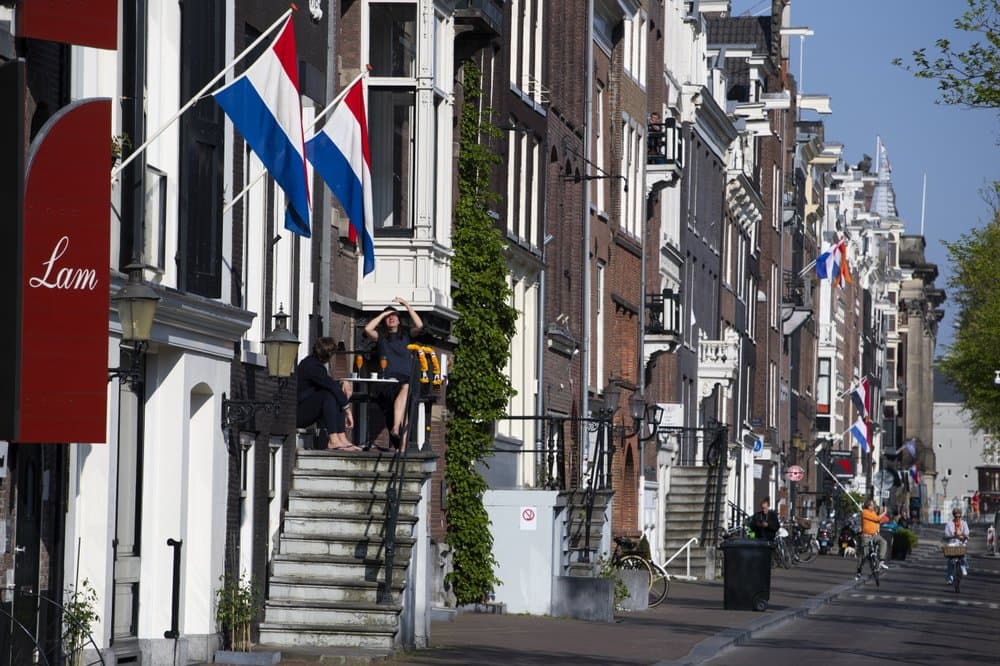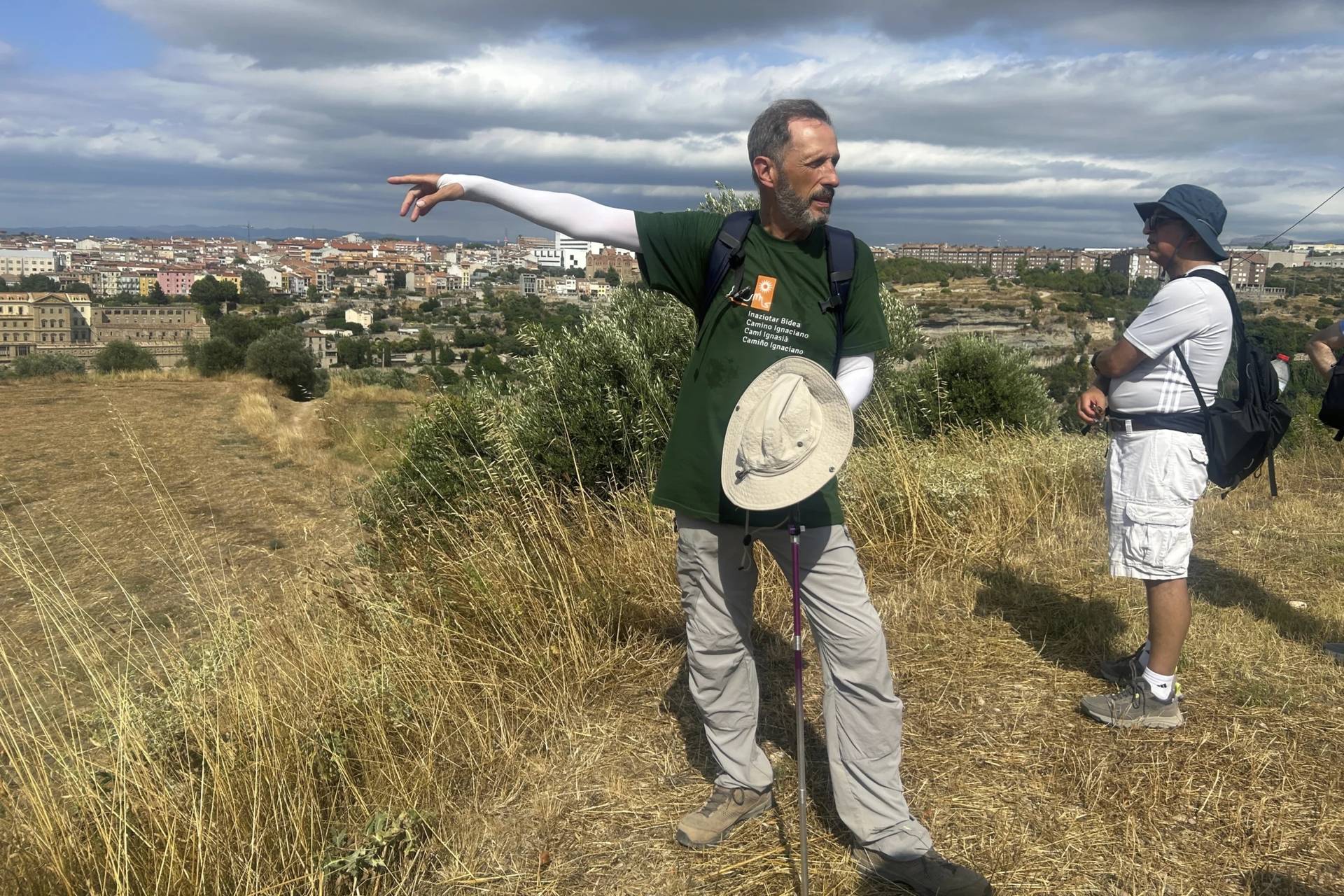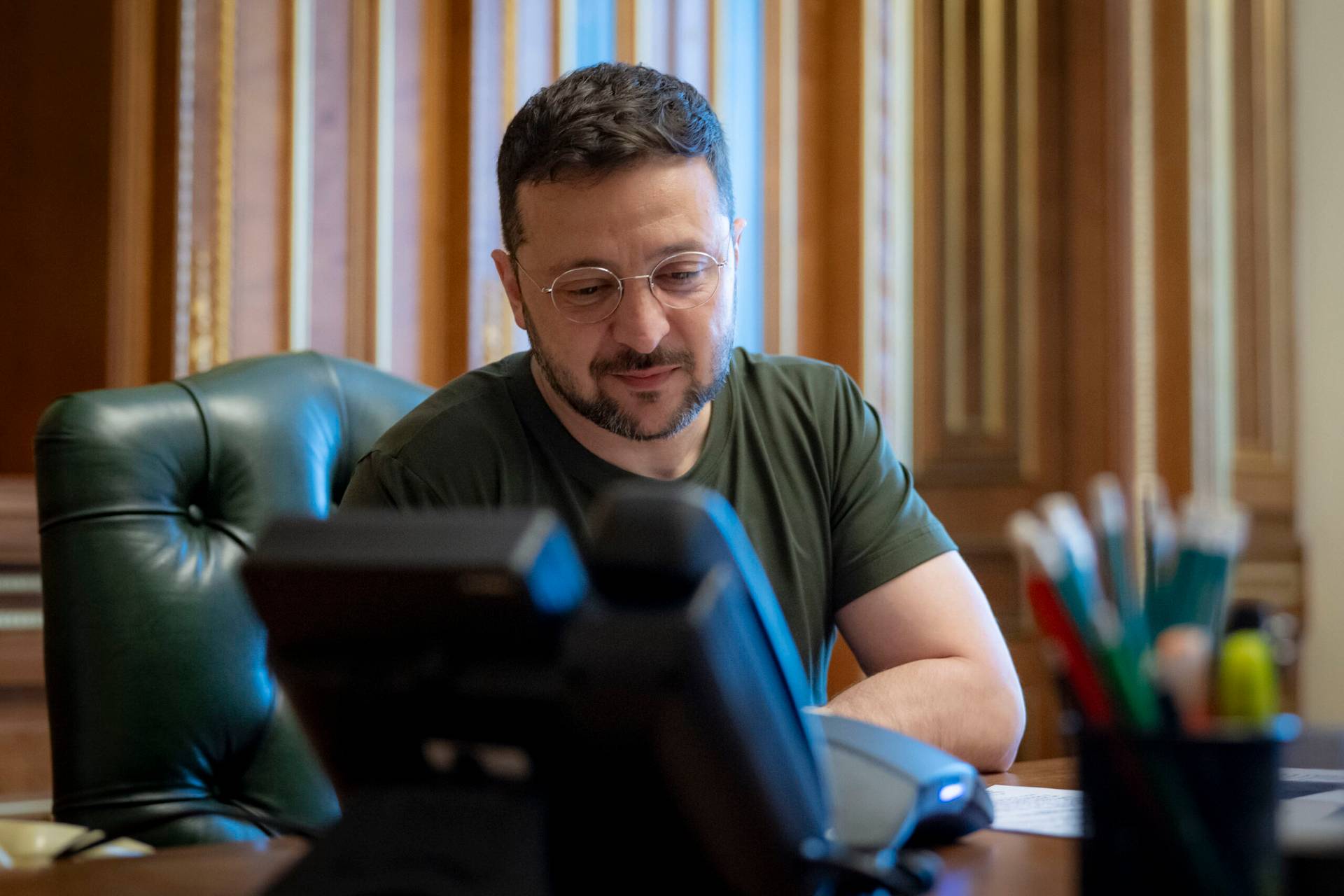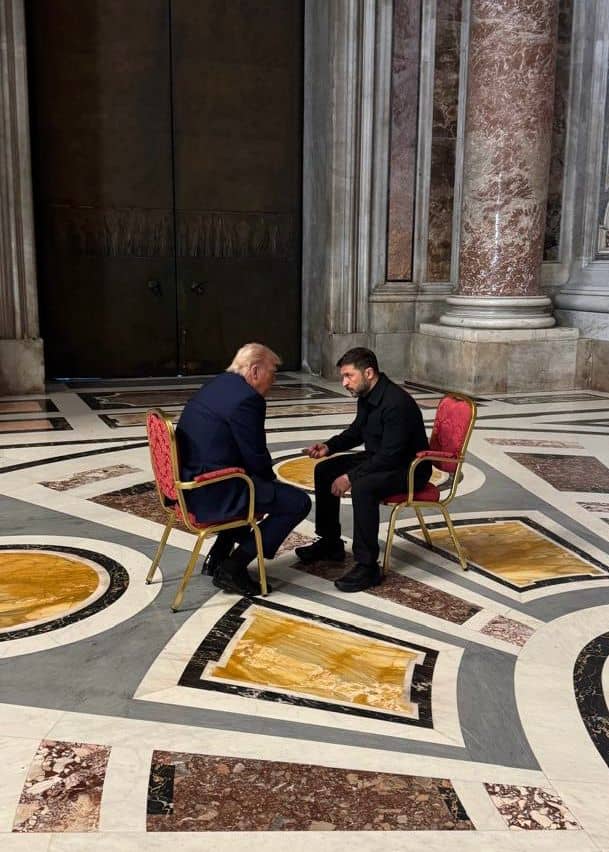In the Netherlands, the government recently announced a gradual relaxation of the ‘intelligent lockdown’ that until recently applied in the European country. Elementary schools will be open again soon, outdoor sports are also allowed under certain conditions.
In the meantime, the Dutch Catholic community wonders: When will we be able to go to Mass again? In an opinion poll of the Dutch Catholic weekly Katholiek Nieuwsblad this week, almost 60 percent of the participants indicated that they think it’s perfectly safe to do so.
The Dutch national government in The Hague, however, begs to differ. There is a ban on religious services of more than thirty people, which is maintained until at least May 20. And probably longer, Daniëlle Woestenberg told Katholiek Nieuwsblad.
She is the secretary of the Inter-Church Contact in Government Affairs (CIO), a platform that represents the interests of around thirty churches, including the Catholic Church, with the Dutch government.
Unlike in countries like Germany and France, where the bishops have expressed sharp public criticism of political leaders who have kept churches closed for what the bishops say is an unnecessarily long time, the Dutch churches have opted for silent diplomacy. The consensus-based ‘polder model’ for which Dutch politics is internationally known, also governs the relations between Church and State.
“Our working relationship with the Ministry of Justice and Security is particularly excellent,” Woestenberg told Katholiek Nieuwsblad. “We hold informal meetings every week.”
But this hasn’t led to a relaxation of coronavirus measures for the churches. “The Dutch Justice Minister Ferd Grapperhaus has made it very clear to us: Even if a further relaxation of the measures would be imminent, this will certainly not be the case for churches.”
Woestenberg said that the CIO is trying hard to make clear to the government the importance of the “two vital processes of the churches”: On the one hand worship, on the other hand their support of the vulnerable and lonely in society.
However, Woestenberg said she can also understand why the government has a different perspective.
“Contrary to popular belief, it’s not ‘all about the money.’ I really do believe the importance of public health outweighs the economic interest for politicians in The Hague,” she said.
“So whatever we may think of it, the political considerations are rather pragmatic: The average age of churchgoers is high, these are often vulnerable groups. It is obvious that the churches will not be the first in line when it comes to a relaxation.”
This gives the Dutch churches more time, Woestenberg added, to be ready for the post-lockdown ‘one-and-a-half-meter church’ – the official standard for social distancing in The Netherlands.
“I think it is appropriate for our church-state relationship that no protocols are imposed on churches by the government. That is why we at the CIO have also informed all national church boards that they are responsible for this themselves. They must draw up protocols and show their good will.”
Last week, the CIO sent a first concept for a “guideline for a protocol for church life at one-and-a-half-meters” to the Justice and Safety Ministry. This document mentions things such as the number of churchgoers allowed in church buildings, the ventilation of church buildings, the use of choirs, the marking of walking lines by stripes on the ground, and so on.
“It is only a rough framework,” Woestenberg emphasized, “not a definitive protocol. There cannot be one central protocol for all Dutch churches, there are too many differences between denominations and local situations. It makes quite a difference whether you gather in a neo-gothic cathedral with five entrances, or in a back room in a village.”
Such a protocol will have to be established as well for the Catholic churches in the Netherlands, and the bishops’ conference is working on it.
“We are in constant dialogue with the CIO, also about the framework for protocols that they are currently discussing with the government”, spokesperson Anna Kruse of the Secretariat of the Roman Catholic Church in The Netherlands told Katholiek Nieuwsblad. “It also includes Roman Catholic interests.”
Kruse emphasized that until further notice – at least until June 1, right after Pentecost – Catholic churches will continue to apply the measures previously announced by the bishops: No public services whatsoever, except for funerals and weddings, that are allowed with a maximum of 29 people present.
The Dutch bishops preferred the stricter guidelines used in Italy and agreed to by the Vatican over the Dutch government policy that would allow any type of religious service with a maximum of 30 participants.
Ultimately, the Dutch churches want to send the signal to the government and society that they cooperate fully and unreservedly in the fight against the coronavirus.
Woestenberg pointed out that there’s a popular misconception within the highly secularized Dutch society that churches are full of weird people who think that the Holy Spirit will protect them against the coronavirus.
“Which is just absolute nonsense, in all churches in the Netherlands this problem is taken very seriously, and there is a great willingness to take appropriate measures,” she said.
“It is highly questionable whether there will be relief of the measures for the churches in May,” Woestenberg added. “Based on what I’m hearing now in political circles in The Hague, I am almost certain that this will not be the case. But the government can never say it is the churches’ own fault. The willingness is there, the guidelines are there, so we will be ready when the churches are allowed to open again later.”















